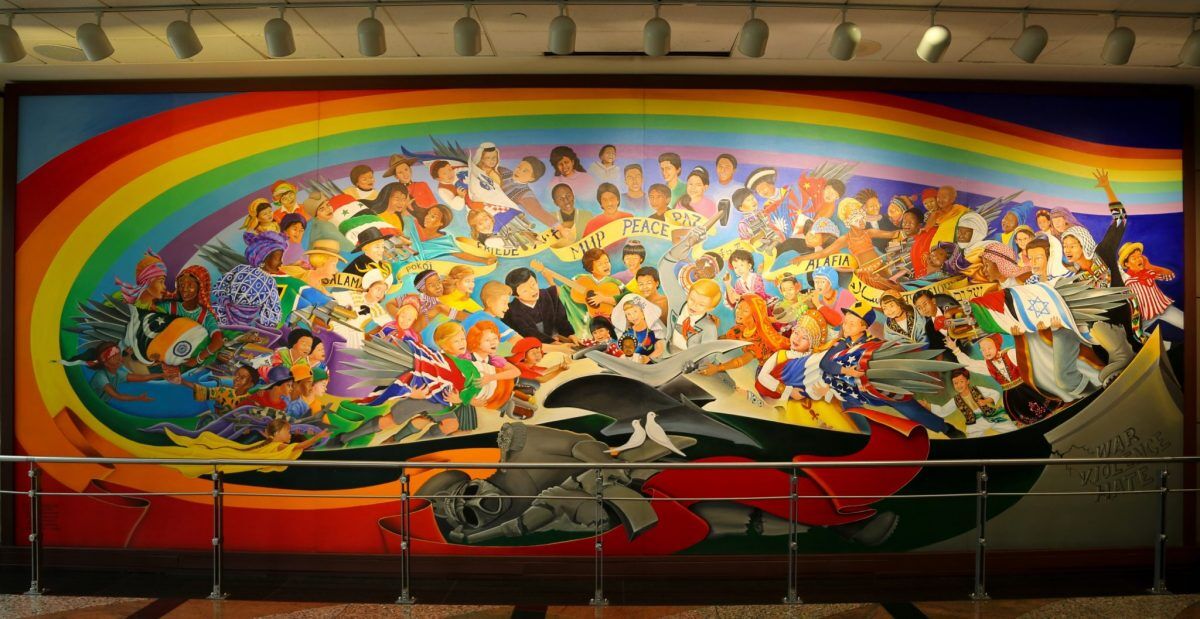UPS.com photo

AJOT Quote:
"The 767 Freighter, based on the 767-300ER (extended range) passenger jet, can carry approximately 58 tons (52.7 tonnes) of revenue cargo with intercontinental range, making it a flexible platform for serving long-haul, regional or feeder markets."
Airbus admits it builds airframes for passenger traffic only and a freight version from the same passenger aircraft would have a gross shortfall for freight hauling due to its passenger optimized design. Boeing has designed all its family of aircraft for passenger or freight hauling even though freight is a Boeing secondary goal. The 787 family has yet to reveal a freight market or its freight capacity.
However, now that the A-330 has replaced the 767 in the marketplace for hauling passengers. The 767 has reared its heavy capacity legs above the marketplace. The 767 frame can haul 58 tons in a conveniently configured frame for which the A-330 won't match.
The military saw this airframe in a bidding war with Airbus over the KC-46 tanker project. It took two bidding processes to settle the airplane makers differences and Boeing won the bidding war, where it hasn't looked back since then. It just sells 767 freighter models based on the 767-300ER, even though it doesn't have the latest engines nor aerodynamic attributes, the A-330 passenger model is based on. The 767 can haul a semi-truck load of weight including the truck weight itself.
The military saw this airframe in a bidding war with Airbus over the KC-46 tanker project. It took two bidding processes to settle the airplane makers differences and Boeing won the bidding war, where it hasn't looked back since then. It just sells 767 freighter models based on the 767-300ER, even though it doesn't have the latest engines nor aerodynamic attributes, the A-330 passenger model is based on. The 767 can haul a semi-truck load of weight including the truck weight itself.
The news has now reported 12 more 767 freight airframes are ordered by FedEx, thus Boeing announces plans of increasing producing from 2.5 units to 3 units a month. The future freight order book may continue to rise as other competitors to FedEx may join the freight battle with more orders. This is the third production increase for the 767 in recent times.


